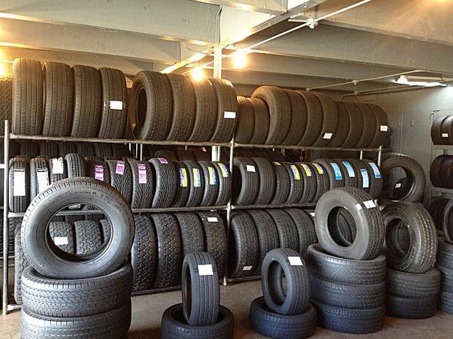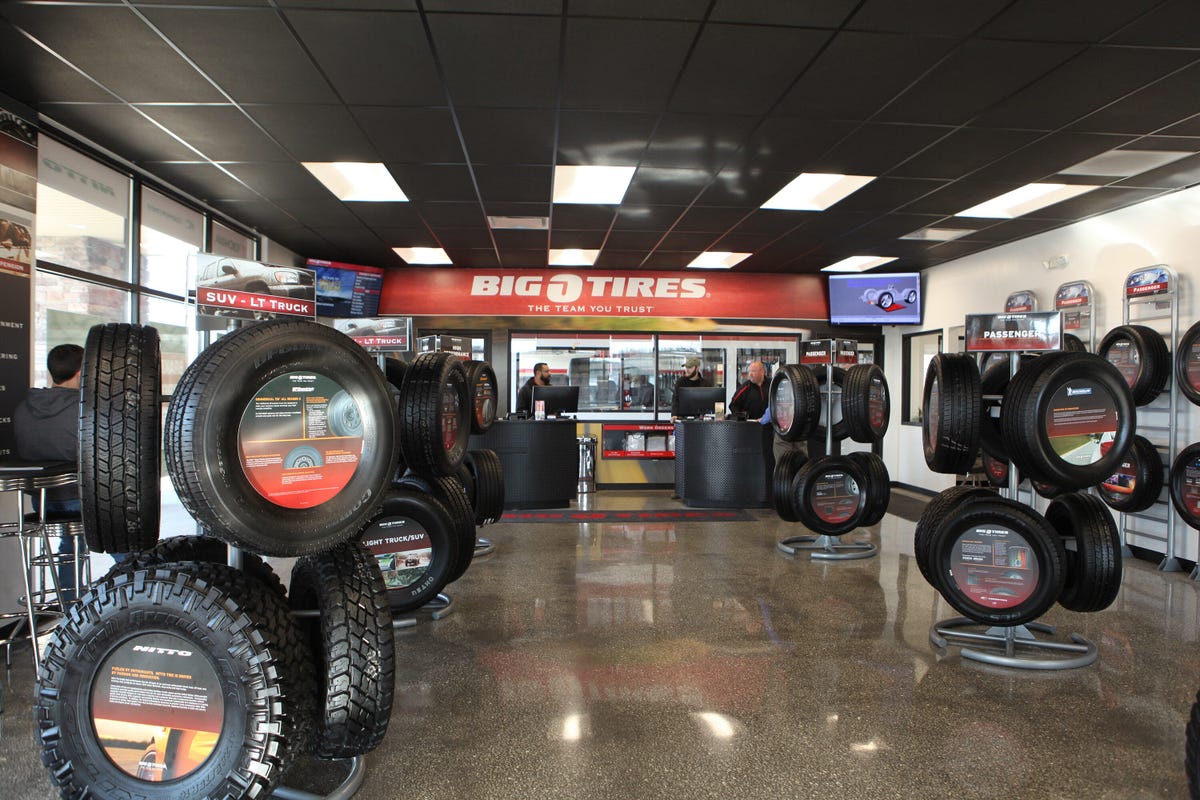Navigate Securely with Tire Tracks Morris IL: Premier Tire Shop Near Me
The Science Behind Tire Repair Work and Safety And Security
When it concerns the elaborate world of tire upkeep and safety and security, there exists a world of scientific research that commonly stays unseen by the typical driver - morris tire. The materials that make up a tire, the impact of tire pressure on overall safety, the implications of tread wear, the complex characteristics of tire grip, and the often-overlooked importance of appropriate wheel alignment all play vital duties in ensuring a car operates securely and successfully. As we navigate with the complexities of tire repair and security, it becomes noticeable that a deeper understanding of these clinical principles is not just useful yet important for every single chauffeur when traveling
Tire Structure and Capability
What products compose the structure of tires, and how do these elements add to their capability on the roadway? Tires are complex products, normally made from a mix of rubber substances, material, steel cords, and other chemical ingredients. One of the most common sort of rubber made use of in tires is synthetic rubber, which supplies sturdiness and resistance to tear and put on. The fabric layers, commonly made from rayon, polyester, or nylon, offer strength and stability to the tire structure. Steel cables are incorporated to improve the tire's toughness and aid it maintain its form under different roadway problems.
The rubber compounds provide hold and grip, enabling the tire to adhere to the road surface area and give stability throughout acceleration, stopping, and cornering. In general, the cautious choice and combination of these products make sure that tires can perform efficiently and safely on various roadway surfaces and problems.
Influence of Tire Stress on Safety And Security
Preserving correct tire pressure is necessary for guaranteeing optimum security and efficiency while driving. The effect of tire stress on safety and security can not be overstated. Underinflated tires are susceptible to getting too hot, which can cause tire blowouts, specifically at broadband. In addition, low tire pressure influences the handling and responsiveness of the lorry, boosting the risk of mishaps, particularly throughout emergency maneuvers. On the various other hand, overinflated tires have much less contact with the roadway surface, lowering traction and triggering unequal endure the tire footsteps. This jeopardizes the automobile's security and braking performance, posing a considerable safety risk. Effectively inflated tires additionally play a critical function in fuel efficiency, as underinflated tires can boost rolling resistance, leading to decreased gas mileage. Frequently inspecting and keeping the correct tire pressure not only makes sure security but also prolongs the life expectancy of the tires, saving money on replacement prices over time.
Tread Put On and Its Implications
Appropriate tracking of tire tread wear is critical for making certain optimum efficiency and safety and security on the road. As tires wear down, the deepness of the step diminishes, minimizing the tire's capacity to maintain grip, particularly in unsafe or damp problems. The step pattern and depth play a vital function in directing water away from the tire to stop hydroplaning and preserving grip on the road surface.
Unequal wear may suggest problems with tire rising cost of living, suspension, or alignment elements. Put you could try these out on indicators are developed into the tire tread and come to be visible when the walk deepness gets to a particular reduced factor, showing the requirement for instant replacement.

Comprehending Tire Grip Characteristics
Keeping an eye on tire step wear not just ensures ideal efficiency and safety yet likewise directly impacts the grip characteristics of the tires on various roadway surfaces. Tire traction is a crucial facet of vehicle handling and safety, as it establishes the grasp between the tires and the road. Grip characteristics vary depending on roadway conditions such as completely dry sidewalk, damp roads, snow, or ice.

Recognizing tire grip dynamics is necessary for chauffeurs to adjust their driving behavior according to the road problems. morris tire. On a regular basis checking tire walk depth and problem can dramatically boost traction efficiency, guaranteeing more secure driving experiences throughout different surface areas
Relevance of Proper Wheel Alignment
Making certain right wheel placement plays an essential function in maximizing automobile efficiency and extending tire longevity. Correct wheel alignment entails changing the angles of the wheels to producer specifications, guaranteeing that they are perpendicular to the ground and alongside each other. When placement is off, it can bring about unequal tire wear, decreased fuel efficiency, and compromised handling.
One of the key advantages of keeping appropriate wheel placement is enhanced taking care of and security. Misaligned wheels can cause the vehicle to pull to one side, impacting steering control and general driving experience. In addition, proper placement promotes even tire wear, protecting against premature tire substitute and reducing maintenance costs over time.

Verdict
To conclude, the scientific research behind tire repair service and safety is vital for preserving automobile anchor performance and making sure driver safety. By recognizing tire composition, pressure, tread wear, traction dynamics, and wheel placement, drivers can stop mishaps and lengthen the life-span of their tires. Proper maintenance and routine inspections are vital for ideal tire performance and overall vehicle security. By following these guidelines, drivers can drive with confidence recognizing that their tires remain in great condition.
The find out materials that make up a tire, the influence of tire stress on total safety, the implications of walk wear, the intricate characteristics of tire grip, and the often-overlooked significance of appropriate wheel positioning all play essential roles in ensuring a vehicle operates safely and efficiently. On the other hand, overinflated tires have much less call with the roadway surface, reducing traction and causing unequal wear on the tire footsteps. Frequently inspecting and keeping the correct tire pressure not just guarantees security but likewise extends the lifespan of the tires, conserving on substitute prices in the long run.
Keeping track of tire step wear not just ensures optimal performance and safety and security but also directly affects the grip characteristics of the tires on various roadway surfaces. Tire grip is a vital aspect of car handling and safety and security, as it identifies the hold in between the tires and the roadway.